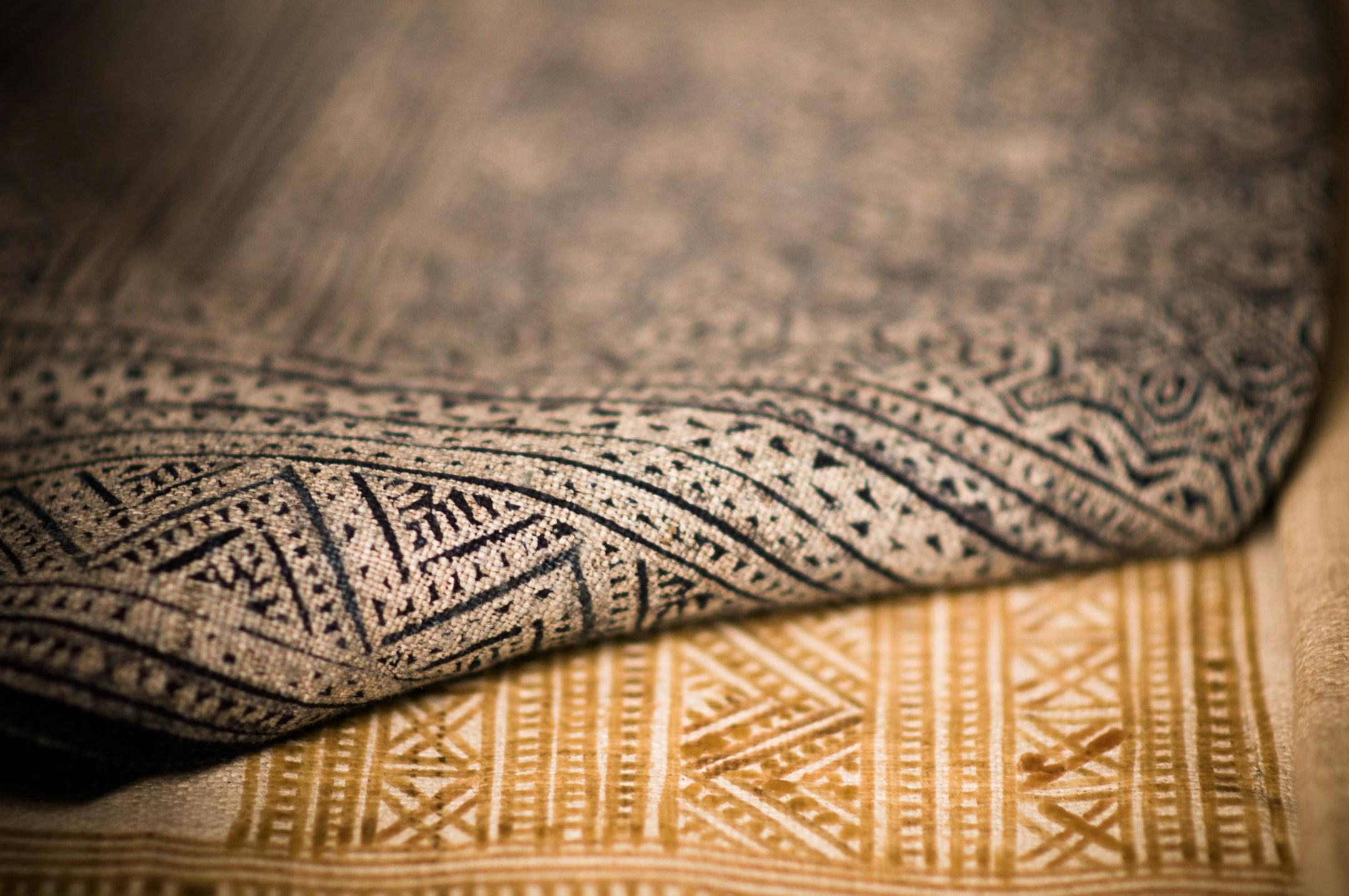
Many homeowners may not realize that beneath their worn carpets lie beautiful hardwood floors, often awaiting a chance to shine again. Over the decades, various reasons have led people to cover their hardwood with carpet: trends in interior design, the desire for added comfort, or simply to hide imperfections underneath. Regardless, if you’ve ever wondered what’s lurking beneath your old carpet, now is the perfect time to explore your floors' hidden beauty and potential.
This blog post will guide you through uncovering those original hardwood floors. We’ll discuss the motivations behind carpet installation, provide you with essential tools and steps for safely removing the carpet, and help you evaluate the condition of your hardwood.
Many homeowners have chosen carpeting over hardwood floors for various reasons. One of the primary motivations has been comfort, as carpet provides a soft, warm surface that feels inviting underfoot, particularly in colder climates. Families with young children often prioritize safety and cushioning, making carpets a popular choice to minimize slips and falls. Additionally, the aesthetic preferences of the time played a significant role; many homeowners opted for carpets to coordinate with contemporary design trends that favored plush, cozy textures over the harder look of wood.
Another factor driving the decision to carpet over hardwood is noise reduction. Carpets absorb sound, making homes quieter and reducing echoes, which is especially desirable in multi-story households. Over the years, some homeowners may have also masked the hardwood floors due to cosmetic issues. Scratches, dents, or discoloration may have led them to believe that the hardwood wasn't worth restoring, especially if they hadn’t discovered the potential beauty beneath that worn carpet. These reasons reflect a common sentiment among homeowners seeking practicality and comfort in their living spaces, even if it meant concealing the elegant hardwood floors underneath.
Before diving into the task of pulling up your carpet, gather the necessary tools to ensure a smooth process. You'll need a utility knife for cutting the carpet, pliers for gripping and pulling up staples or tacks, and a pry bar for removing any wooden strips or thresholds that may be holding the carpet in place. Additionally, having a pair of knee pads can enhance your comfort during the task, especially if you're working on a larger area. Lay down a drop cloth to catch debris and keep your space tidy as you work.
Once your tools are ready, start by locating a corner of the carpet and using your utility knife to cut it into manageable strips—about two feet wide works well. Carefully peel back the carpet, using pliers to detach it from the tack strips. If you encounter stubborn staples, pliers will help you pull them out. After you've removed the carpet, take a moment to assess the condition of the padding underneath. It's usually best to remove this as well; simply roll it up and dispose of it. Be gentle as you remove the carpet to avoid damaging the hardwood beneath. With the carpet and padding out of the way, you can now see what lies beneath and prepare for the inspection of your original flooring.
Once you have successfully pulled up the carpet, it’s time to assess the condition of your hardwood floors. Start by inspecting the surface for any visible damage, such as scratches, dents, or deep gouges. Pay close attention to the areas that were covered by carpet, as they may exhibit different wear than more exposed sections. Look for signs of moisture or mold, especially around the edges where the carpet meets the floor. It’s essential to also check for cupping or warping, which can occur due to inconsistent humidity levels, and evaluate whether the boards are securely in place.
Next, test the integrity of the hardwood planks. Gently press down on individual boards to see if they feel stable or if they have any give. Tap lightly with a hammer or a rubber mallet to listen for any hollow sounds, which could indicate that the flooring is loose or damaged underneath. If you're unsure about the condition of your floors, don’t hesitate to consult a flooring professional for a more thorough evaluation. By assessing the quality of your hardwood floors, you can determine whether they need refinishing, repair, or a complete replacement, paving the way for restoring the beauty of your home.
At PowerHouse Cleaners, our "Screen and Coat" hardwood floor cleaning service is just one way we ensure your property shines from the inside out. Alongside our full range of janitorial services, carpet cleaning, window cleaning, and more, we can provide a comprehensive cleaning and maintenance solution tailored specifically to your needs.
Are you interested in revitalizing your hardwood floors or curious about our other services? Contact us today for a free consultation, and let us help you make a lasting impression with impeccably maintained premises.